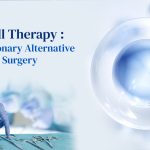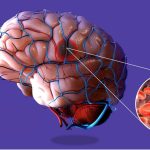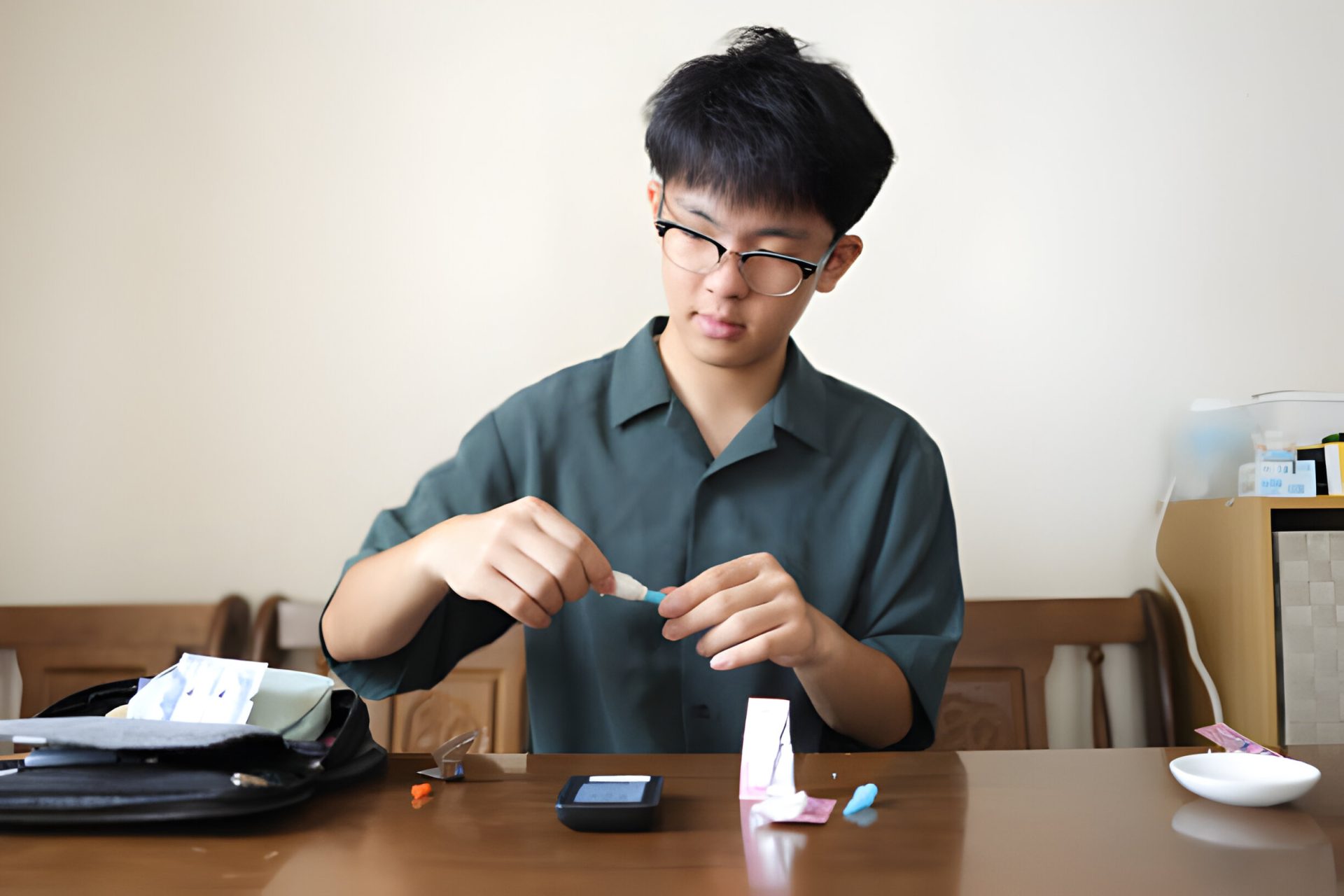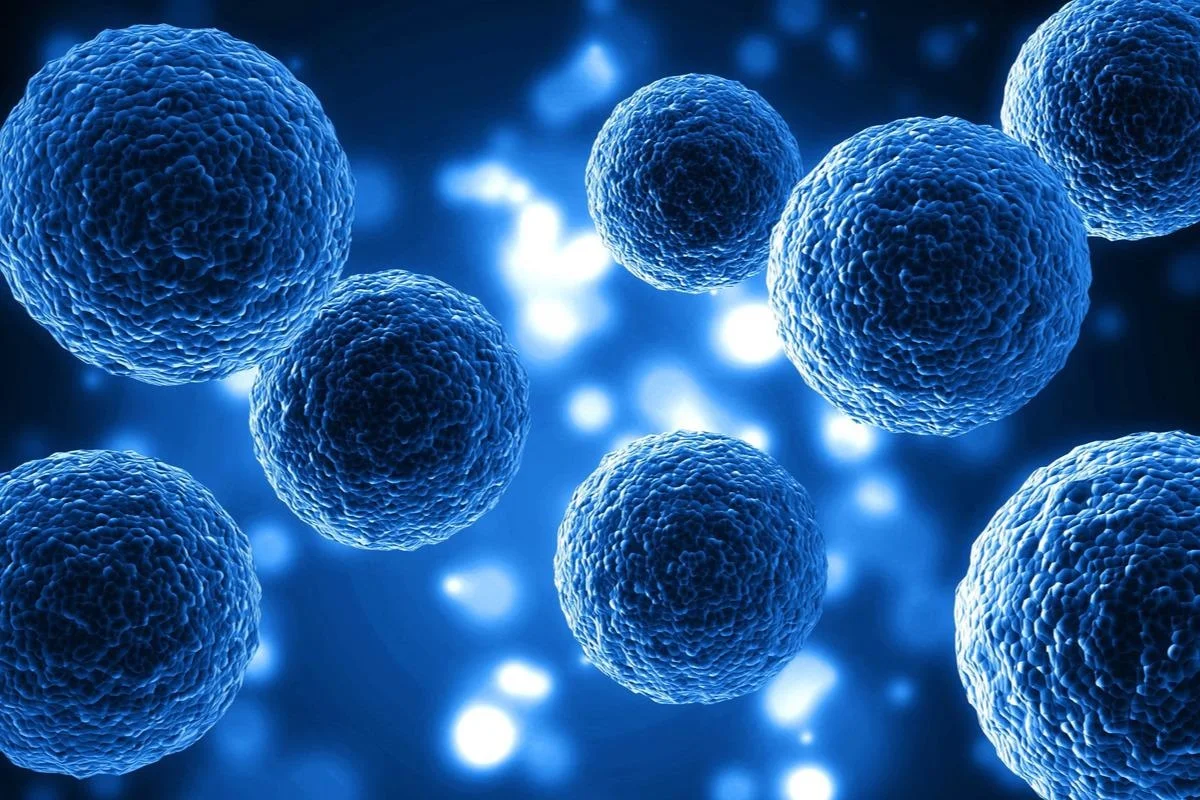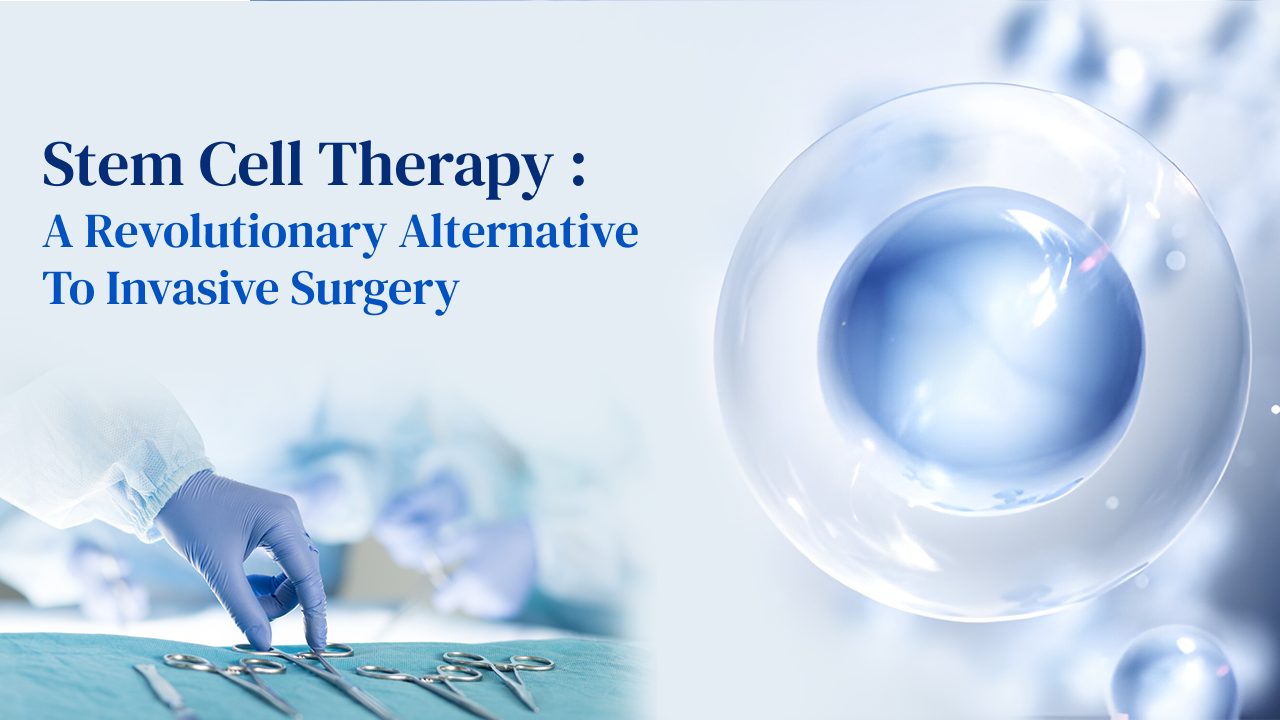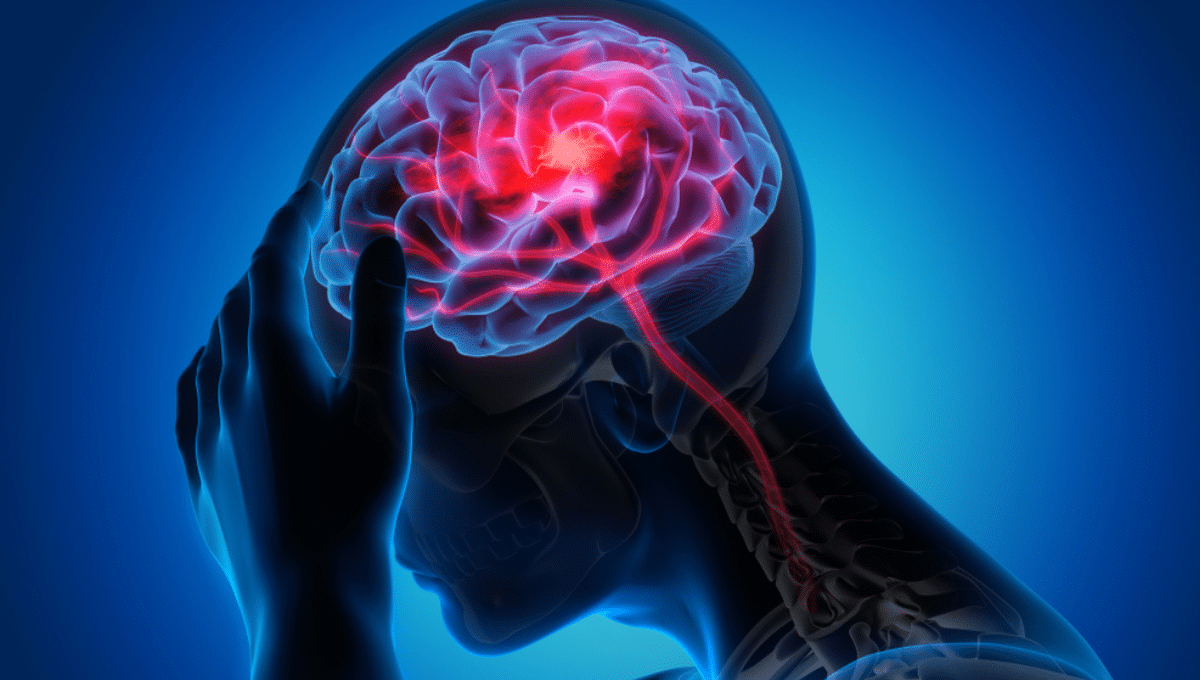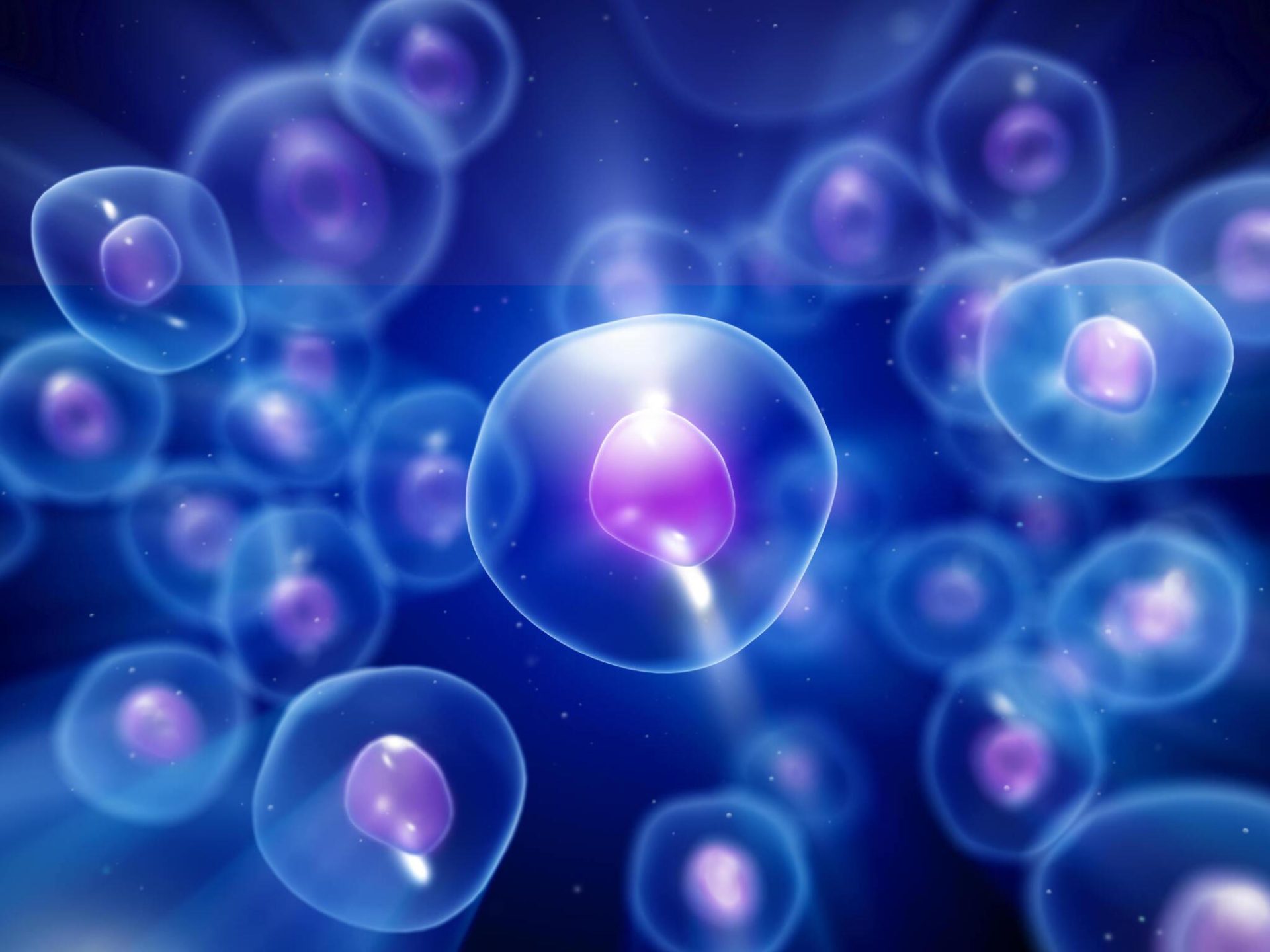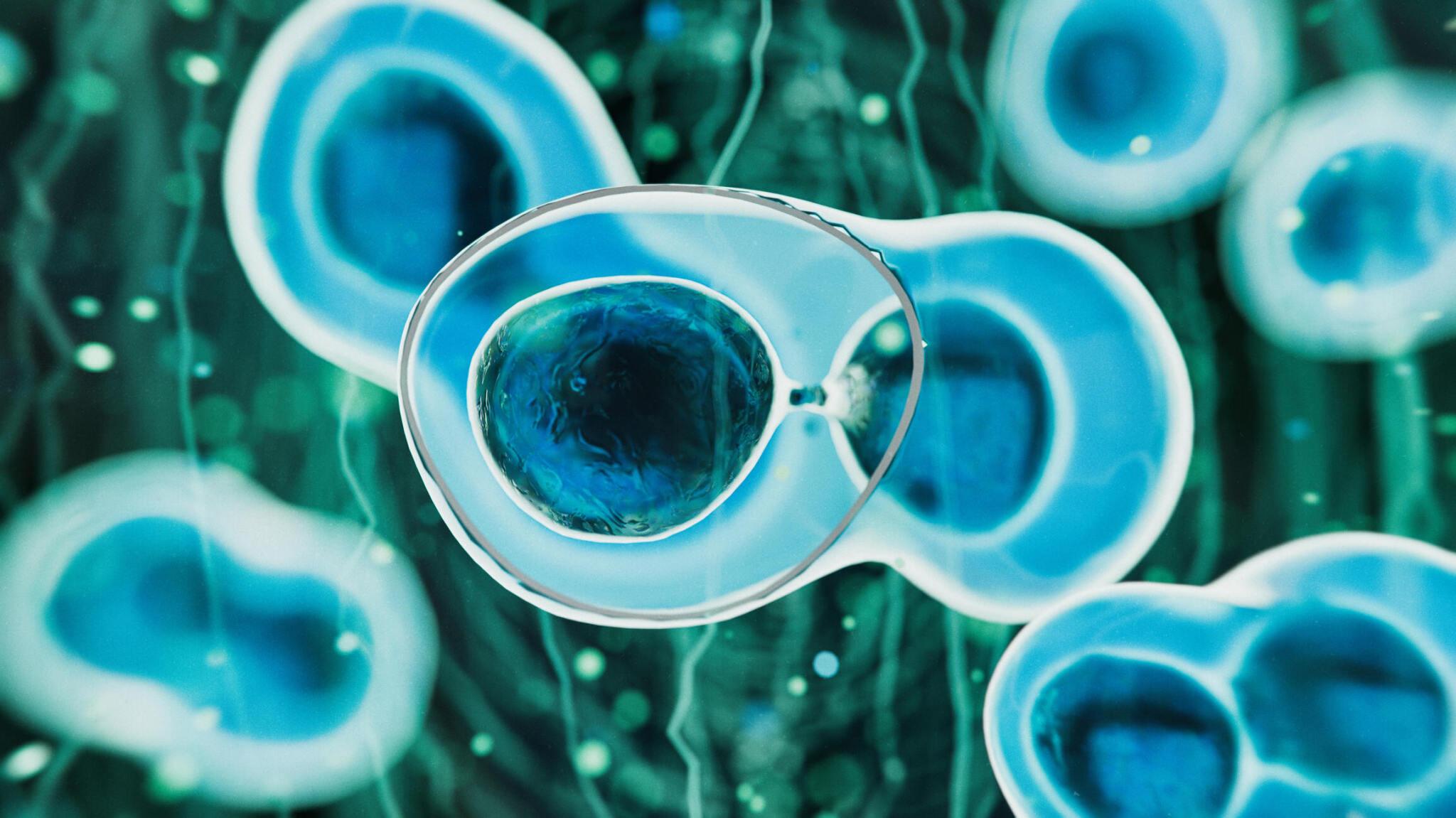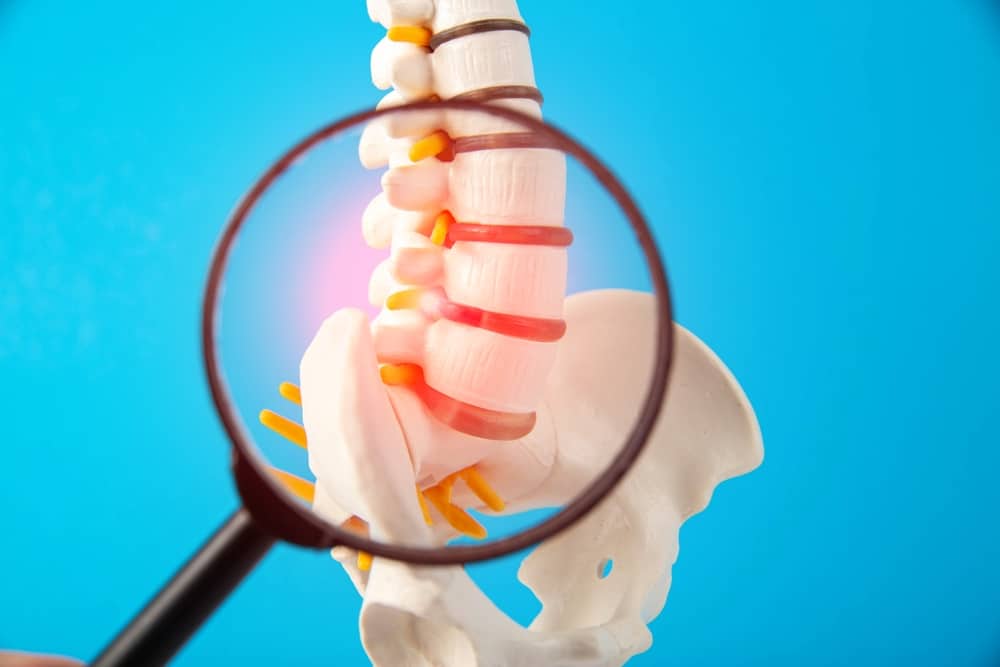- Home
- About Us
- Book Appointment
- Treatments
- Alzheimer’s Disease
- Anti-Aging
- Autism
- Autoimmune Disorders
- Back Pain
- COPD
- Crohns Disease And Ulcerative Colitis
- Erectile dysfunction and Penis enlargement
- Fibromyalgia
- Hip Pain
- Knee Pain
- Lupus
- Lyme Disease
- Multiple Sclerosis
- Muscular dystrophy
- Parkinsons Disease
- Peripheral And Diabetic Neuropathy
- Post Cancer Treatments
- Post Stroke Recovery
- Psoriasis
- Rheumatoid Arthritis
- Shoulder Pain
- Join The Club
- Aesthetics
- Blog
- Contact Us
Regenerative medicine focuses on the root causes of diseases, applying biological and engineering techniques to formulate distinct therapies to treat various illnesses.
Similarly, stem cell therapy is an emerging regenerative treatment solution for patients with numerous diseases. This type of therapy not only heals the damaged cells but also improves the immunomodulatory properties to fight complex diseases better.
You will be surprised to know that there are no concrete solutions or vaccines for chronic diseases such as HIV and malaria. Diabetes, osteoporosis, joint pain, and Alzheimer’s disease constantly make you suffer from pain. While doctors can only manage the symptoms, there is a ray of hope when these illnesses are treated through regenerative medicine and stem cell therapy.
Table of Contents
- What is Regenerative Medicine?
- What is Stem Cell Therapy?
- What are the Different Types of Stem Cells?
- What are the Applications of Stem Cell Therapy in Regenerative Medicine?
- Stem Cell Therapy Benefits in Regenerative Medicine
- Types of Diseases Treated at the Life Altering Stem Cell Therapy Institute
What is Regenerative Medicine?
Regenerative medicine is the procedure to treat diseases that are caused due to damaged organs, cell depletion, and lost tissue. This treatment helps to replace and regenerate tissues utilizing the power of stem cell therapy. Activate the body’s natural healing abilities with this medicinal approach that detects and fixes chronic disorders. The end goal is to ensure a better life and health quality for patients who undergo chronic disease. Research is currently underway on regeneration medicine’s ability to treat heart conditions, diabetes, vision disorders, muscles, etc. Common regenerative medicine techniques are –
- 3D Organ Printing
- Organoids
- Tissue Engineering
What is Stem Cell Therapy?
Stem cell therapy activates the body’s regenerative abilities to replenish damaged tissues and cells, fix the immune system, and prevent inflammatory conditions. While there are several different types of stem cells, mesenchymal stem cells (MSCs) derived from the human umbilical cord tissues or Wharton’s Jelly are prevalently used to promote cellular healing techniques to improve the overall quality of your health. Cell death causes degenerative diseases and organ damage. Loss of function, chronic pain, and hair loss are common symptoms of these diseases. Most organs in the body do not possess regenerative abilities. Stem cell therapy emphasizes the natural regeneration of organs. Furthermore, stem cell therapies can treat multiple health conditions such as Psoriasis, Lupus, Rheumatoid arthritis, Lyme, multiple sclerosis, Chron’s disease, Alzheimer’s disease, autism, fibromyalgia, joint pain, etc.
Moreover, this regenerative therapy provides relief for patients who undergo post-cancer treatment. Also, it helps reverse the effects of aging and offers anti-aging solutions.
In the next section, we will further explore the different types of stem cells harnessed to promote healthy living conditions.
What are the Different Types of Stem Cells?
- Embryonic Stem Cells – Undifferentiated cells with self-renewal and cell distinguishing abilities.
- Bone Marrow Hematopoietic Stem Cells – These stem cells can reform all blood-forming lineages.
- Bone Marrow Stromal Stem Cells – These stem cells can rapidly divide and treat bones, ligaments, cartilage, and muscles.
- Multipotent Adult Progenitor Cells – These stem cells have limited cell differentiation abilities.
- Mesenchymal Stem Cells – MSCs are multipotent with self-renewal abilities and have great differentiation capabilities for numerous cell types.
- Neural Stem Cells – Self-renewable cells that can distinguish between the different types of brain cells.
- Pancreatic Stem Cells – Derived from the fetal pancreas of the human body, PSCs are multipotent cells.
- Skin Stem Cells – This promotes the production of neural and mesodermal cells.
- Cardiac Stem Cells – These stem cells are present in the adult heart of human beings and repair the cells within the heart.
- Fat Stem Cells – Also known as Adipose Derived Stem Cells, they are an amazing source of regenerative medicine for an extended period.
- Olfactory Stem Cells – These are types of adult stem cells that can restore the natural healing abilities of the mucous membranes.
- Induced Pluripotent Stem Cells – PSCs can detect the types of specialized cells throughout the different layers of the germ.
- Totipotent Stem Cells – These stem cells can distinguish between different types of cells within the human body.
- Unipotent Stem Cells – USCs can generate only one type of cell found in adult tissues. While it can constantly recreate cell populations, its treatment mode is limited due to reduced differentiation abilities.
[ Read Also: Know More About Stem Cell Therapy in Miami ]
What are the Applications of Stem Cell Therapy in Regenerative Medicine?
Mesenchymal stem cells have dynamic applications in the field of regenerative medicine. Let us examine how stem cell therapy promotes healthy living –
- Muscle degeneration disease treatment with active regeneration.
- Healing orthopedic conditions such as ligament, bone tissue, and cartilage regeneration.
- Regenerates bladder tissue to treat liver failure.
- Reconstitutes hair for normal growth, reversing the signs of hair loss.
- Post cardiac arrest treatment of the heart.
- Reverses the effects of spinal cord injury.
- Treatment for autoimmune diseases.
- Promotes the formation of insulin-secreting cells.
- Treats post-cancer and brain injury conditions.
- Regenerates teeth and ear repair.
Stem Cell Therapy Benefits in Regenerative Medicine
The regenerative abilities of stem cells restore the body’s healing abilities and kill pain-inducing factors in the long run. Let us explore the benefits –
- Effective pain reduction
- Minimum time for recovery post-recovery
- Improves bodily and organ functions and enhances regeneration abilities
- Avoid the risks and costs of surgeries
- Minimally invasive – administered via IV, IA, or IM techniques
[ Read Also: Stem Cell Treatment or Knee Replacement Surgery: A Comprehensive Guide]
Types of Diseases Treated at the Life Altering Stem Cell Therapy Institute
Life Altering Stem Cell Therapy Institute in Mexico is an American-owned and operated clinic with affordable stem cell therapy solutions for various diseases. Let us walk you through some of the diseases we treat –
- Autoimmune diseases – Alzheimer’s disease, Lyme, Lupus, multiple sclerosis, autism, fibromyalgia, psoriasis, and rheumatoid arthritis, are some autoimmune disorders treated with stem cell therapy and regenerative medicine.
- Cardiovascular diseases – Chronic obstructive pulmonary disease and post-stroke recovery are cured with the help of stem cell therapy.
- Gastrointestinal disorders – Crohn’s disease and ulcerative colitis are treatable with stem cell therapy.
- Neurological disorders – Spinal cord injury, Parkinson’s disease, and peripheral and diabetic neuropathy are treated with stem cell therapy.
Bottomline
The cost of stem cell therapy in Mexico is economical compared to treatment facilities in the USA. Reputed and trusted experts from LASCTI have hands-on experience in treating different health conditions with regenerative stem cell therapy. Additionally, we offer medical tourism services, including pick-up and drop-off at our facility in Ciudad de México. We ensure safe administration protocols and follow standard safety obligations. Join hands to explore stem cell therapies and regenerative medicine’s transformative power to improve overall health.

